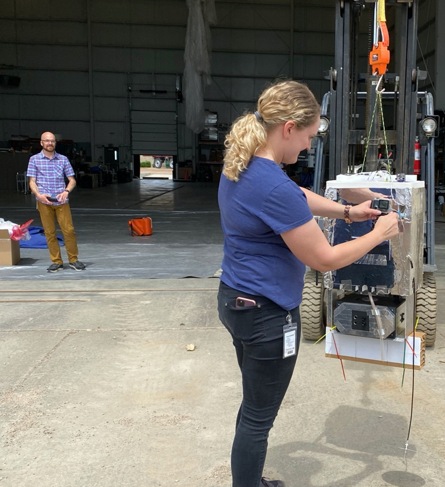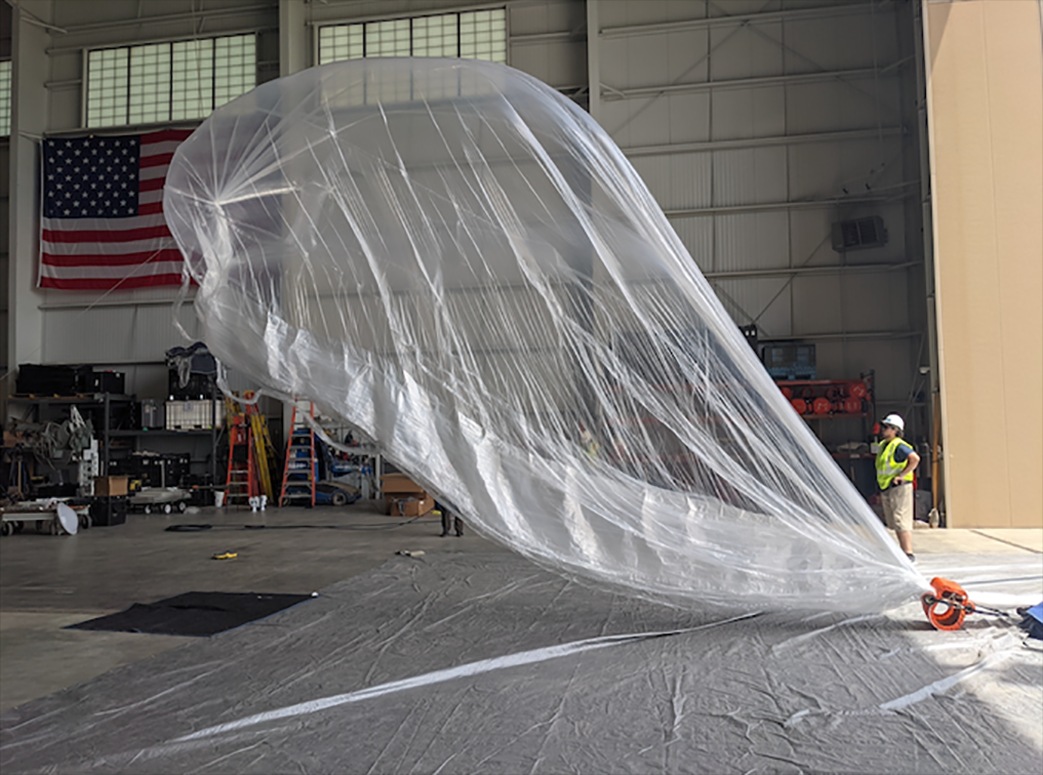Purpose of the flight and payload description
NEPHEX is a device developed by NASA's Ames Research Center in California's Silicon Valley. It is composed by a sensor to study details about the interior composition of clouds measuring light scattering by airborne particles, including cloud droplets and ice particles. Using such data, devices like NephEx could tell scientists about the state of a cloud's formation and under what conditions clouds form. Nephelometers like NephEx can also provide information about a cloud's water content, as well as a cloud's impact on a planet's atmosphere or thermal and radiation environments. This data also supplements common techniques for cloud and climate monitoring, such as remote sensing via satellite.
The device is being tested here on Earth and could one day be deployed to the far reaches of space to advance our understanding of climate patterns across our solar system.
The instrument was tested for the first time outside of a ground-based laboratory, during this flight provided by Raven Aerostar with funding from NASA's Flight Opportunities program. The balloon carried the sensor to a float altitude of about 70,000 feet for approximately two hours and into cloud formations to gather data about their interior compositions. The flight test provided an important step in maturing the technology and assessing its capabilities to measure the size, concentration, and distribution of cloud particles -data critical to understanding the impact of clouds on a planet's climate.
Details of the balloon flight
Balloon launched on: 6/11/2021 at 18:09 utc
Launch site: Raven Innovation Campus, Baltic, South Dakota, US
Balloon launched by: Raven Aerostar
Balloon manufacturer/size/composition: Zero Pressure Balloon
Flight identification number: HBAL545
End of flight (L for landing time, W for last contact, otherwise termination time): 6/11/2021 at (L) 19:55 utc
Balloon flight duration (F: time at float only, otherwise total flight time in d:days / h:hours or m:minutes - ): 1 h 45 m
Landing site: 20 km NW of Slayton, Minnesota, US
External references
- Looking to the Clouds to Improve Climate Models for Earth and Other Planets NASA press release
- Nephelometer Experiment (NephEx) NASA Flight Opportunities website
- Nephex: nephelometer for measuring cloud particle size and density in planetary atmospheres 52nd Lunar and Planetary Science Conference 2021
15713If you consider this website interesting or useful, you can help me to keep it up and running with a small donation to cover the operational costs. Just the equivalent of the price of a cup of coffee helps a lot.



